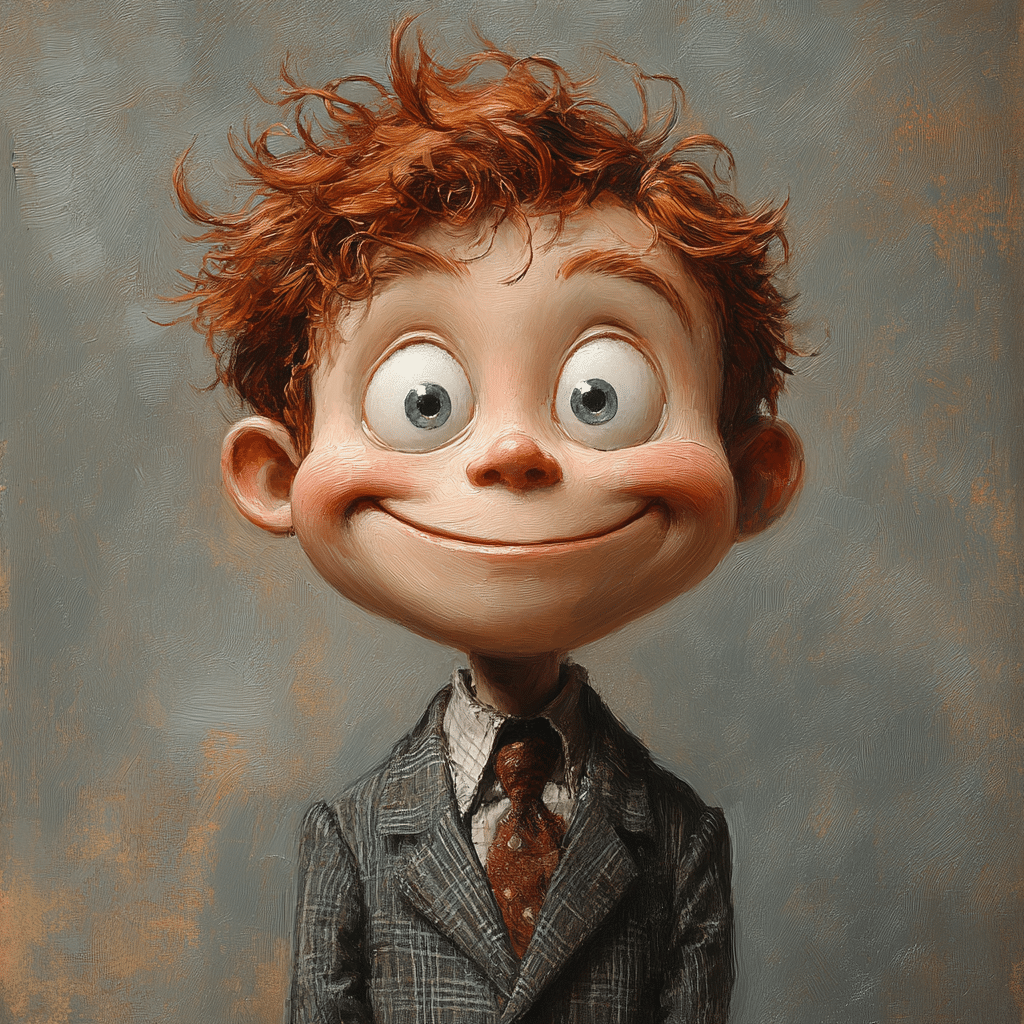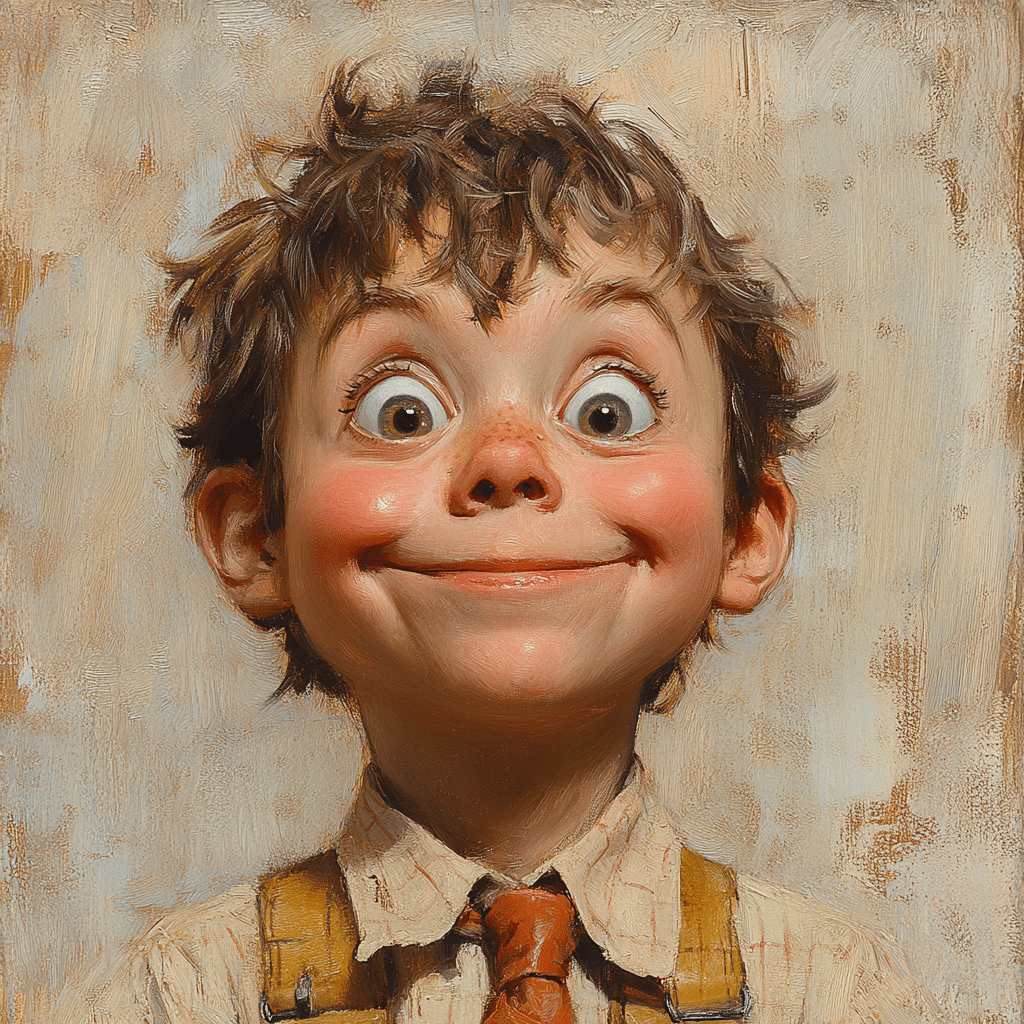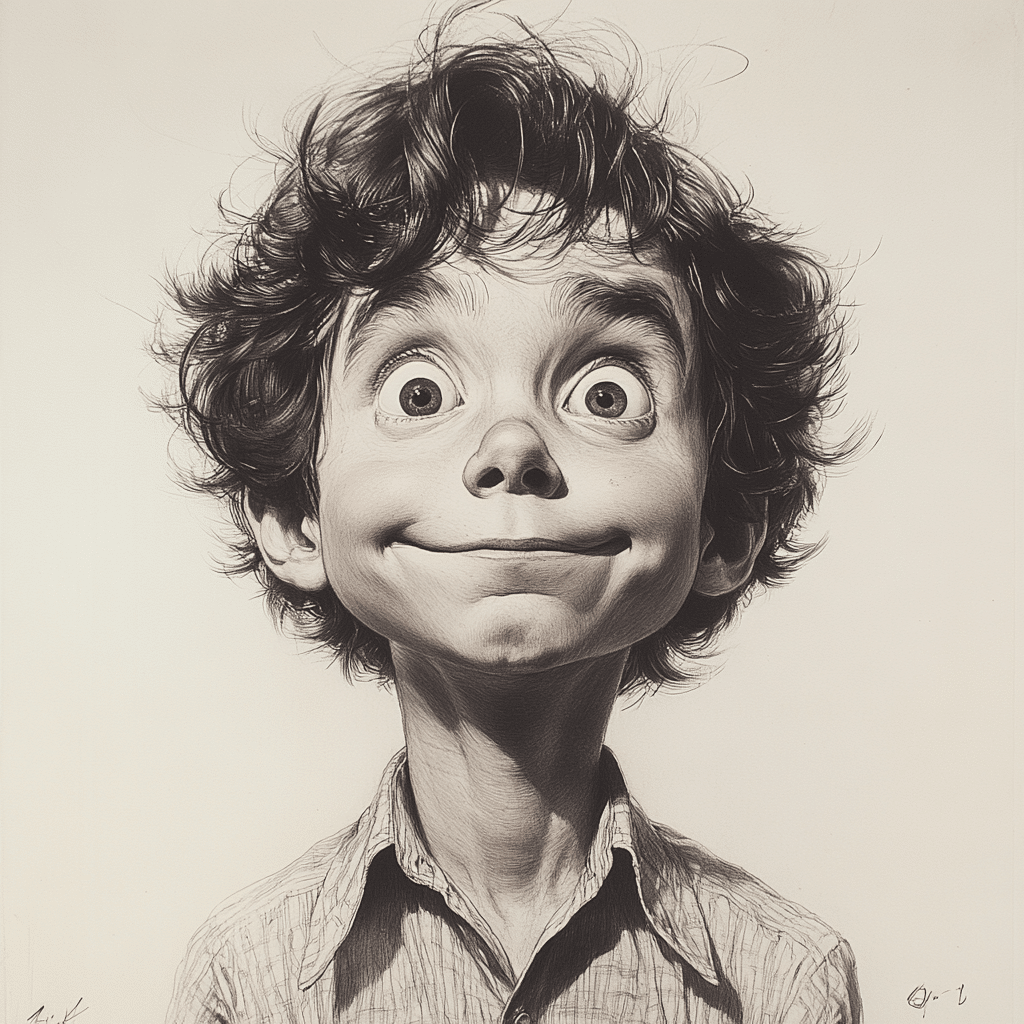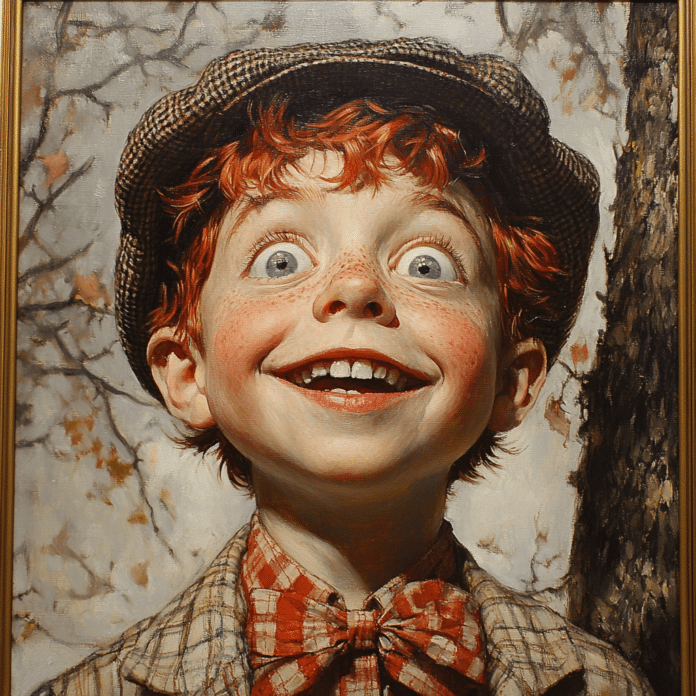Alfred E Neuman: The Iconic Face of Mad Magazine

The Evolution of Alfred E. Neuman: A Look Back
Alfred E. Neuman first stepped into the spotlight as a recognizable figure in the landscape of American satire and humor in the early 1950s. With that toothy grin and carefree expression, he became synonymous with Mad Magazine’s cheeky take on pop culture and societal quirks. The character’s cartoonish features scream absurdity and skepticism, making him an essential part of the magazine’s playful critique of everything from politics to what’s hot on the scene.
Over the decades, as the culture around him changed, so too did Alfred E. Neuman. He morphed with the times while maintaining his iconic appearance. That signature catchphrase, “What, Me Worry?” captured the carefree spirit of youth counterculture movements during the 1960s. Neuman’s timelessness mirrors America’s evolving landscape, allowing him to remain relevant no matter how many fads come and go.
But wait—this evolution isn’t just about looks! The real magic lies in how Neuman reflects societal changes over time. From the scandalous 60s to the tumultuous 2020s, Neuman evolves while maintaining his playful trademark skepticism. It’s a testament to how humor can ground us, tickling our funny bones while reminding us of the absurdities we all grapple with daily.

Top 5 Cultural Impacts of Alfred E. Neuman
Alfred E. Neuman is not just a comic character; he’s a magnifying glass that lets us see and critique societal absurdities. His parodies of public figures—from presidents like Ronald Reagan to pop sensations—highlight the magazine’s role in shaping public dialogue. For example, his playful take on Alfred Hitchcock in the 1960s lampooned the filmmaker’s suspenseful style, revealing the humor buried beneath serious personas.
With Neuman at the helm, Mad Magazine’s brand diversified significantly. The character’s image has graced everything from t-shirts to toys—and yes, even seasonal nods like Halloween costumes. His cultural resonance is undeniable—it’s like he’s the in-demand guest at every party, reminding us that humor knows no age limit and can thrive in all markets.
Neuman has long been a fixture in political satire, amplifying the absurdity of American politics. His exaggerated features make him an ideal vehicle for critique—especially during nail-biting election seasons. Mad Magazine’s covers featuring caricatures of candidates like Donald Trump or George W. Bush emphasize how cleverly we can use humor to address the serious stuff.
Neuman’s charm isn’t restricted to one generation. His timeless persona connects Baby Boomers reminiscing about the zany humor of the 60s with millennials and Gen Z discovering the character through nostalgic reissues and online platforms. Neuman’s ability to bring a smile—regardless of the generation—creates a shared culture, reminding us that laughter transcends the years.
Alfred E. Neuman isn’t just a relic of the past; he embodies modern satirical expression. Shows like “Saturday Night Live” and “The Daily Show” often borrow from Neuman’s spirit of irreverence. Even the meme culture online echoes his carefree skepticism, mirroring public figures in ways that remind us—we’re all in this together, laughing through the chaos.
The Artistic Creation of Alfred E. Neuman
Let’s take a moment to appreciate the artistry behind Alfred E. Neuman. Created by cartoonist Harvey Kurtzman and further developed by other talented artists, Neuman’s design packs a punch. Those oversized ears, gap-toothed smile, and that unmistakable red hair make him instantly memorable. It’s like he stepped right out of a fever dream with a flair for the absurd.
Moreover, the vivid colors that splash across his depictions perfectly align with the youthful, rebellious spirit of Mad Magazine. The simplicity in his design allows for varied artistic interpretations, opening the door for clever parodies tailored to current events. The way Neuman’s character translates across mediums—be it sketches or vibrant page layouts—shows how visual art can amplify cultural commentary.
But it doesn’t stop there. There lies an underlying rhythm of humor in Neuman’s portrayal, a kind of visual poetry that speaks to audiences of all ages. When his face graces a page, it sparks a chuckle while inviting us to take a closer look at the ridiculousness around us.
The Legacy and Future of Alfred E. Neuman
As we step into 2024, Alfred E. Neuman’s legacy keeps on evolving. His influence reaches beyond comic pages, shining a light on the revival of print media that finds a perfect marriage with digital outreach. Catering to a nostalgia-driven audience while attracting fresh fans, he manages to say “What, Me Worry?” more relevant than ever in a world inundated with serious news cycles.
Alfred E. Neuman’s lasting presence speaks to the universal appeal of satire as a reflective tool. As new avenues for expression arise, the character’s charm continues to adapt, ensuring his carefree laugh remains resonant regardless of time or platform.
By capturing the essence of society’s most outrageous moments, Alfred E. Neuman stands tall—not just as a caricature but as an emblem of cultural critique that encourages us to laugh at life’s absurdities. Whether you’re cozy with a back issue of Mad Magazine or scrolling through social media, Neuman remains the perennial wisecracker, helping us poke fun at a wild, chaotic world.
Alfred E. Neuman: The Iconic Face of Mad Magazine
Neuman’s Unforgettable Charm
Alfred E. Neuman’s signature grin and carefree attitude have made him an enduring symbol of satire and humor since Mad Magazine first introduced him in 1954. He’s become almost synonymous with the magazine’s irreverent spirit. Interestingly, Alfred’s appearance has drawn parallels to figures like Pepito, who also dons a carefree look that attracts audiences. Fans love how he embodies a laid-back approach to life, making him as appealing as, say, the quirky charm found in classics like Pauly Shore movies, which further pushed the boundaries of comedy in the late ’80s and ’90s.
In a world where celebrities often seem overly polished, Alfred E. Neuman stands out with a face that shouts, “What, me worry?” This catchy phrase resonates with readers, allowing them to relate to the character’s fun-loving antics. On a different note, the life of Neuman runs parallel to tales like Hatfield and McCoy, where humor often meets chaos. In fact, many fans argue that Alfred could’ve easily taken on a side role in that infamous family feud with how carefree he is about life’s troubles.
All About the Evolution
Throughout the decades, Alfred E. Neuman’s appearance has undergone various modifications, a testament to the changing times and trends. The character has seen styles reminiscent of cultural icons and various art movements, always managing to stay relevant. It’s fascinating to think he started as a simple, cartoonish character to becoming a critical commentary on bar harbor weather and societal trends. Using humor as a lens, Alfred reflects the zeitgeist in a fun yet poignant manner.
Did you know the name “Alfred E. Neuman” might have come from a quirky blend of other characters or real-life personalities? This blend gives him an air of familiarity. He’s like that friend everyone knows but can’t quite put a finger on—much like discovering a fascinating tidbit on sites like Tiderinsider, where trivia collides with popular culture. This mysterious blend of elements undoubtedly enhances his appeal, making fans crave more of his mischievous antics.
Aspects of Alfred E. Neuman’s persona even touch on themes seen in playful yet serious comparisons, such as لينا انجل, who also navigates the complex waters of public perception. Whether you’re flipping through the pages of Mad Magazine or reminiscing about classic comic strips, Alfred E. Neuman continues to capture hearts and tickle funny bones across generations. It’s hard to deny that, just like his antics, he always leaves us wanting more—a tribute to effective comedic satire that transcends time.




